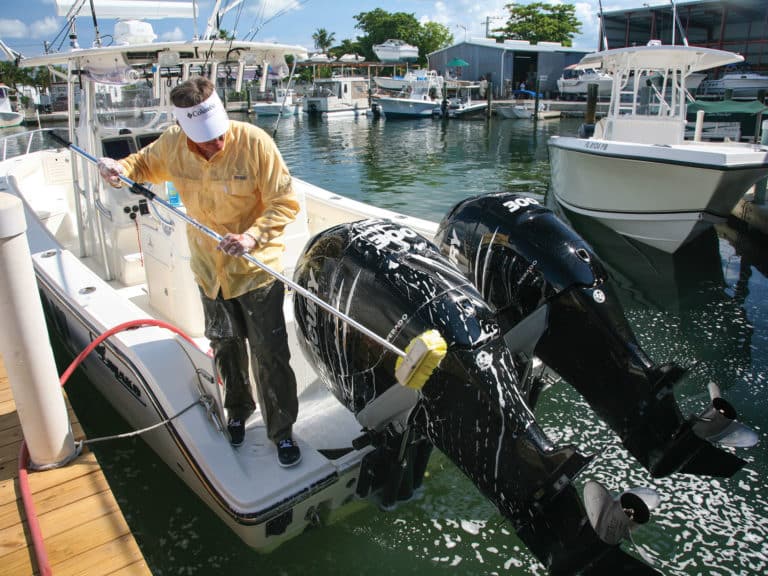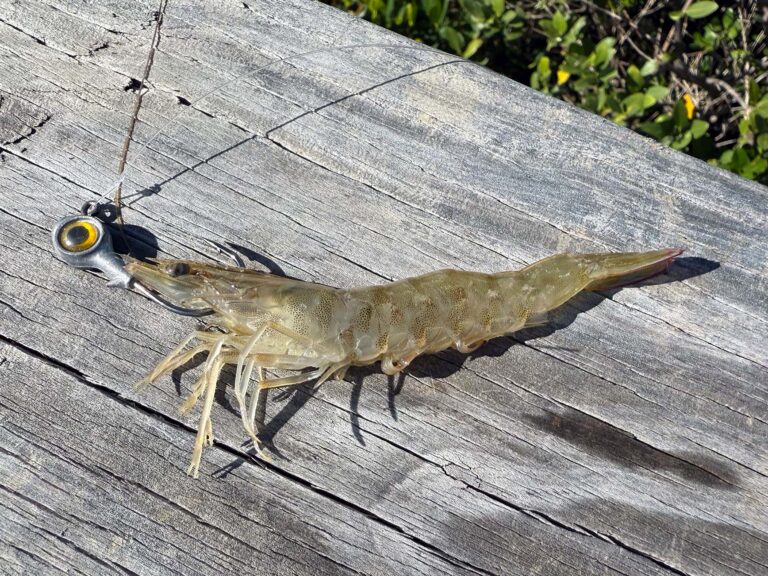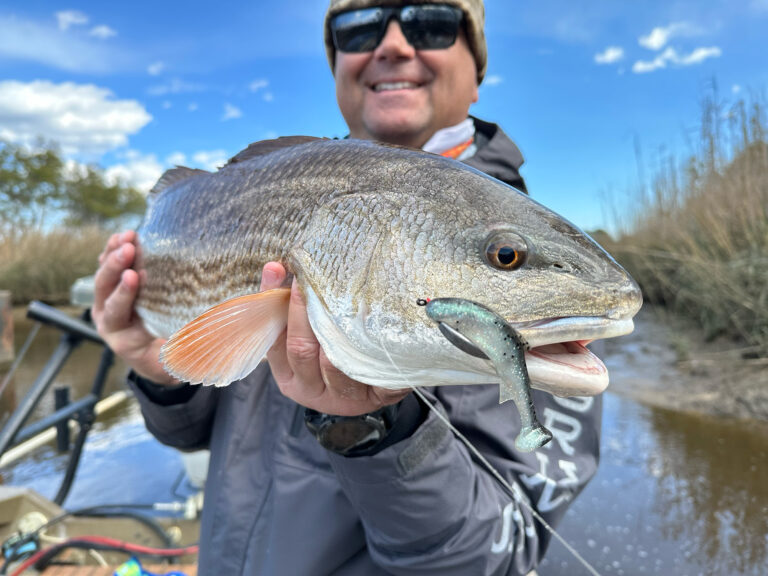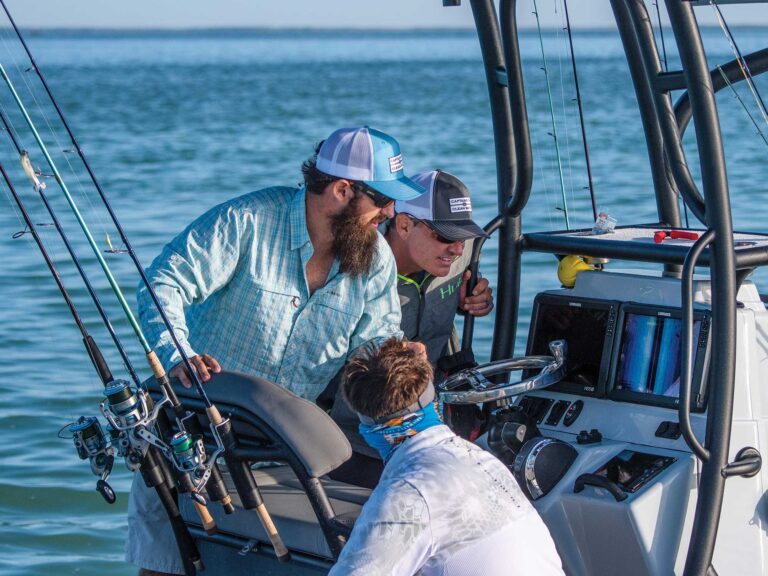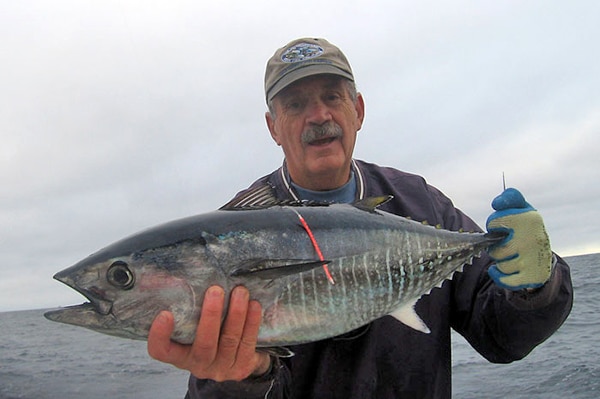
mp noaa tuna recap
Al Anderson, a charter boat captain out of Point Judith, Rhode Island, participates in the NOAA Fisheries Cooperative Tagging Program, which provides free tags to fishermen so they can contribute to our scientific understanding of fish. One of the fish he tagged, a bluefin tuna, was recently recaptured after 16 years. In the history of the program, only two recaptured fish had been at liberty so long.
That bluefin weighed a mere 14 pounds when Anderson caught it in the Mudhole east/southeast of Block Island in 1997. When a Nova Scotia fisherman recaptured it late last year, it weighed more than 1,200 pounds.
Anderson started tagging 45 years ago when he was a graduate student in fisheries biology at the University of Rhode Island. But ask him today why he tags so many fish, and he’ll cite the career he ultimately settled into. “I’m a fisherman,” he said. “I want to know where the fish go.”
Scientists want to know as well. That’s why NOAA provides fishermen with tags to put on fish they catch and release, including highly migratory species like tunas, sailfish, and marlin. After tagging a fish, they send the tag number to NOAA Fisheries, along with date, location, length and weight. If the fish is recaptured, the fisherman can read the number and call it in. That allows scientists to track migration patterns and estimate growth and mortality rates for these valuable species.
Bluefin tuna travel widely and fast. Anderson once recaptured a bluefin off Rhode Island that had been tagged ten days earlier near New Orleans. In that brief time the fish traveled at least 1,600 miles. And bluefin tuna that Anderson first tagged have been recaptured off the coasts of Turkey and France.
These conventional tags provide snapshots of data when the fish is tagged and again when it’s recaptured. For a more detailed picture, scientists also deploy PSATs— pop-up satellite archival tags.
“They’re basically a flash drive that you attach to the fish,” said Derke Snodgrass, a biologist at NOAA’s Southeast Fisheries Science Center. Those devices record temperature, depth, and light intensity every ten seconds, with the timing of changes in light intensity used to estimate latitude. The PSATs detach after a year or less, then float to the surface and transmit summary data via satellite. When possible, scientists or other boaters recover the PSATs so its gigabytes of data—too much for satellite transmission—can be retrieved.
Pop-up satellite archival tags provide a huge amount of data on habitat preference, movement, and diving behavior, but because they’re costly there’s only so many of them. Conventional tags provide less data per tag, but fishermen with the Cooperative Tagging Program have put them on roughly 270,000 fish of almost 80 different species since the program began in 1954.
“That gives us a lot of statistical power,” said Snodgrass. Data from conventional tags has helped scientists identify distinct stocks of fish, an important step in managing them. And long-term recaptures like the bluefin that Al Anderson tagged 16 years ago provide valuable data on longevity and help to refine age and growth models for the species.
Some of those species have declined in number over the years. “When I started tagging bluefin, there were so many they were a pain in the neck,” said Anderson. “I would put lures in the water for striped bass, and schools of small bluefin would leave me with no line on my striper outfits.”
That was in the early 1970s, when there was little market for bluefin tuna. Today they’re prized for their fatty flesh, and a single bluefin can net a fisherman over ten thousand dollars.
“We see a lot fewer of them today,” Anderson said.
Over the years, Anderson and his charter clients have tagged tens of thousands of striped bass, almost five thousand bluefin, and 1500 sharks.
Anderson keeps a record of who caught which fish, and he notifies the client if their fish is recaptured. Many of his clients are conservation-minded, and they enjoy contributing to the science.
But that’s not the main reason Anderson has a dedicated clientele. “People like to fish with me,” he said, “because we catch a lot of fish.”





